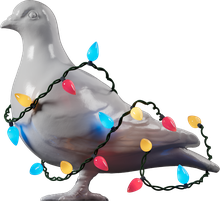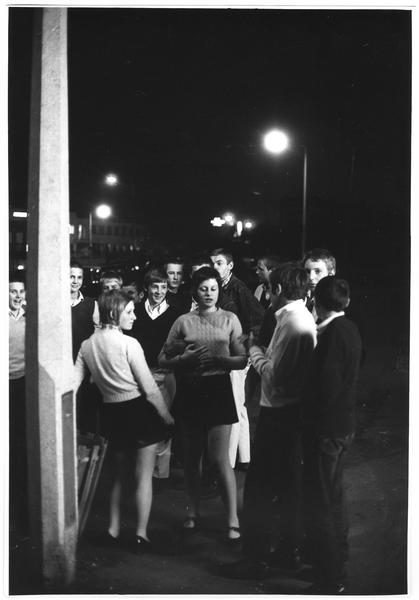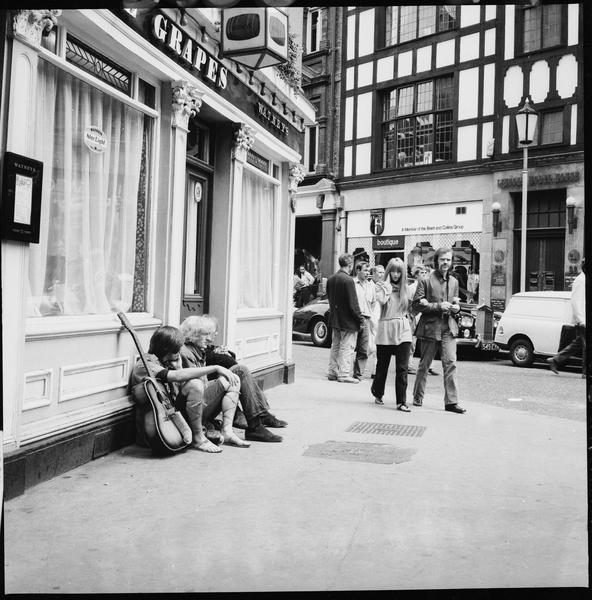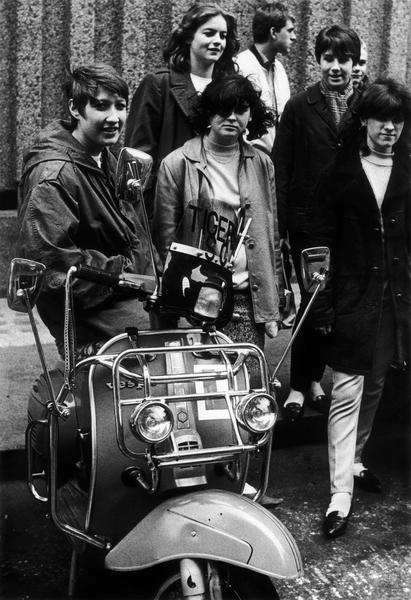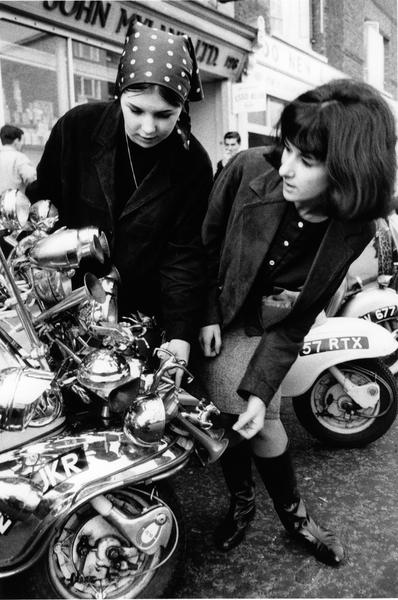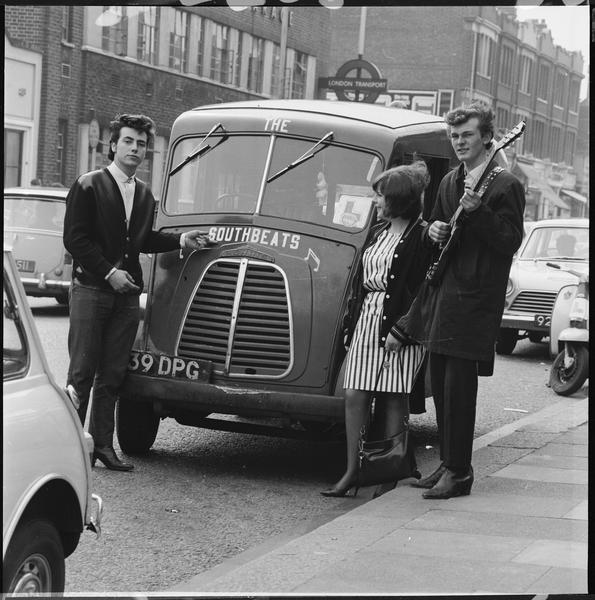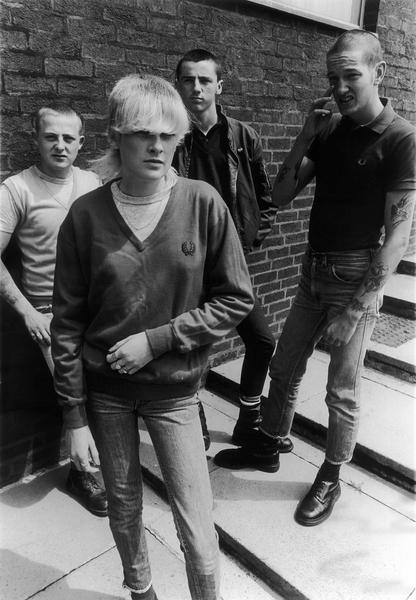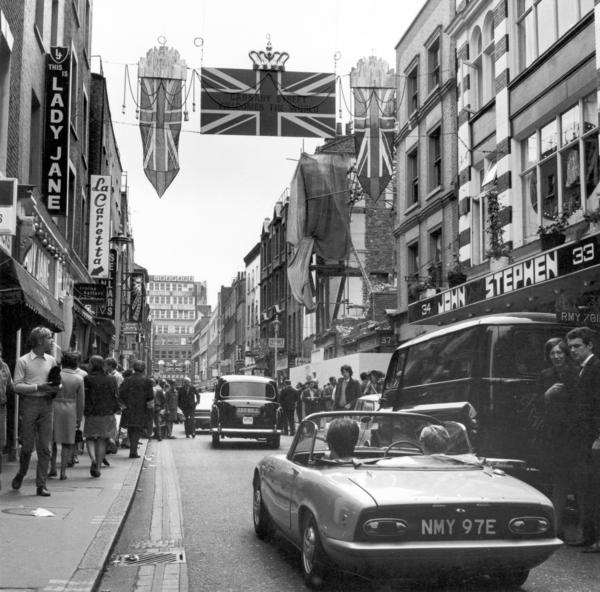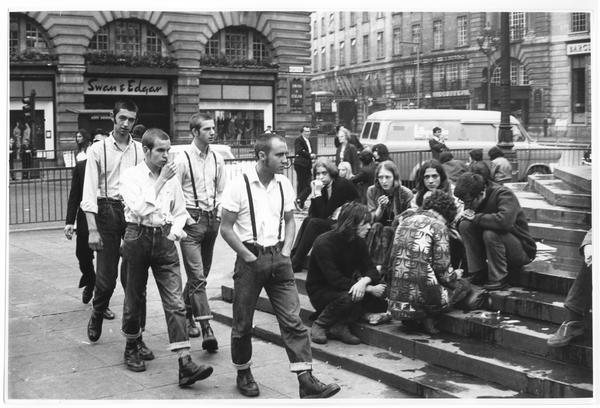Meet the mods, a sharply dressed London subculture
Emerging in London in the late 1950s, the mods (from the word ‘modernist’) helped redefine what it meant to be a teenager in the 20th century. This fashionable, fun-seeking and aspirational group of young people had more money and freedom than generations before them. As photographs in our collection show, they spent it on fashion, music – and scooters.
Late 1950s and 1960s

Smart street style
Photographer Henry Grant snaps sharply-dressed young men outside a cafe. Their clothes display some mod trademarks: boxy jackets, shirts worn with ties and narrow trousers. Carnaby street in London's West End, with its many boutiques, was the go-to spot for picking up affordable, youth-focused clothes.

Mod footwear – courtesy of the Beatles
Photographer Terry Spencer captures some young mods trying on ‘Beatle boots’ in a shop on Drury Lane, Covent Garden. These were tight-fitting, Cuban-heeled, ankle-high boots made popular in the early 60s by pop group the Beatles.

Ever-changing women's fashion
Female mod style is more difficult to define and went through several phases. It included twin sets and neat, knee-length skirts as well as trousers and men's shirts. Not many could afford clothes from Mary Quant’s boutique Bazaar – but there was always Barbara Hulanicki's Biba for shopping the mod look.

Mods on scooters, Upper Richmond Road
Just as mods had a fondness for Italian-style suits, Italian Vespa or Lambretta scooters were an essential mod accessory. Sometimes they’d decorate them with additional lights or mirrors.

Always on the move
Roger Mayne snaps some mods on the go. Many young people in the 60s had more leisure time than ever before. Mods could be found dancing to music like jazz, soul or rhythm and blues in clubs like Soho’s The Flamingo, Harrow’s Railway Hotel or Richmond’s Crawdaddy Club.

